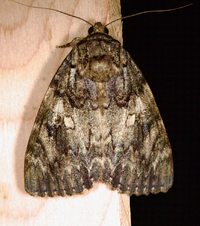
| Recorded by: Jim Petranka, Marilyn Westphal and Becky Elkin on 2025-08-17
Henderson Co.
Comment: | 
| Recorded by: Jim Petranka, Marilyn Westphal and Becky Elkin on 2025-08-17
Henderson Co.
Comment: |
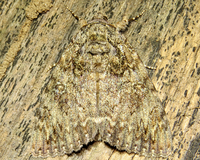
| Recorded by: tom ward on 2023-07-23
Buncombe Co.
Comment: | 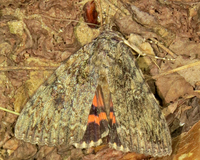
| Recorded by: tom ward on 2023-07-23
Buncombe Co.
Comment: |
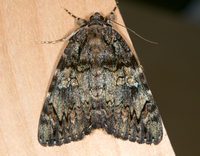
| Recorded by: Jim Petranka, Bo Sullivan, and Steve Hall on 2022-07-24
Moore Co.
Comment: | 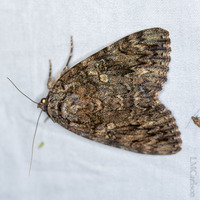
| Recorded by: David George, L. M. Carlson, Stephen Dunn on 2022-06-18
Orange Co.
Comment: |
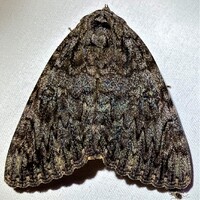
| Recorded by: Dean Furbish on 2022-06-02
Wake Co.
Comment: | 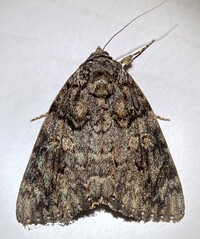
| Recorded by: Dean Furbish on 2021-07-04
Wake Co.
Comment: |
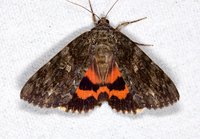
| Recorded by: Jim Petranka and Becky Elkin on 2020-08-20
Madison Co.
Comment: | 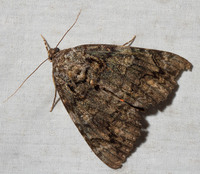
| Recorded by: Steve Hall on 2020-07-27
Orange Co.
Comment: |
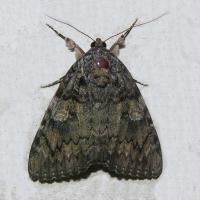
| Recorded by: Owen McConnell on 2020-07-11
Durham Co.
Comment: | 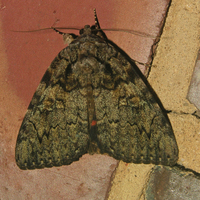
| Recorded by: Owen McConnell on 2020-06-10
Durham Co.
Comment: |
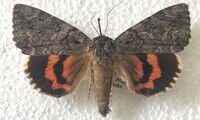
| Recorded by: Darryl Willis on 2015-06-17
Cabarrus Co.
Comment: | 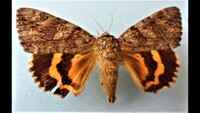
| Recorded by: Darryl Willis on 2008-07-13
Cabarrus Co.
Comment: |
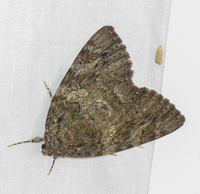
| Recorded by: Steve Hall on 2008-06-29
Bladen Co.
Comment: Observed in a stand of Dry-Mesic Hardwood Forest but where Longleaf Pine habitats would once have been present but lost due to timbering and fire suppression. | 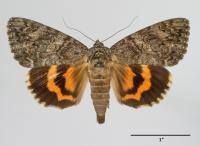
| Recorded by: SPH on 2001-05-30
Hoke Co.
Comment: Wingspan = 7.8 cm; forewing length = 3.7 cm. Collected in Sandhill Streamhead Swamp Forest but in an area surrounded by xeric sandhills. |
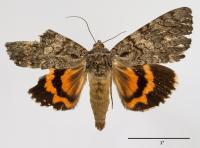
| Recorded by: SPH on 1996-06-24
Martin Co.
Comment: Male. Species identity confirmed by dissection. Forewing length = 3.7 cm. Collected in a stand of Dry-Mesic Oak Hickory Forest growing on a low ridge located within the Roanoke River floodplain; completely surrounded by cypress-tupelo swamps and wet hardwood forests. No areas of Dry Oak-Hickory Forests are located within several miles of this site. | 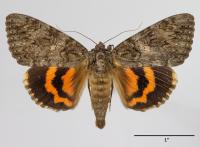
| Recorded by: SPH on 1993-06-22
Dare Co.
Comment: Determined by D.F. Schweitzer. Wingspan = 7.9 cm; forewing length = 3.8 cm. Collected in xeric maritime scrub habitat. |
|

 »
»
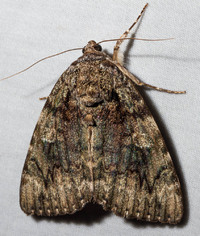


 »
»

